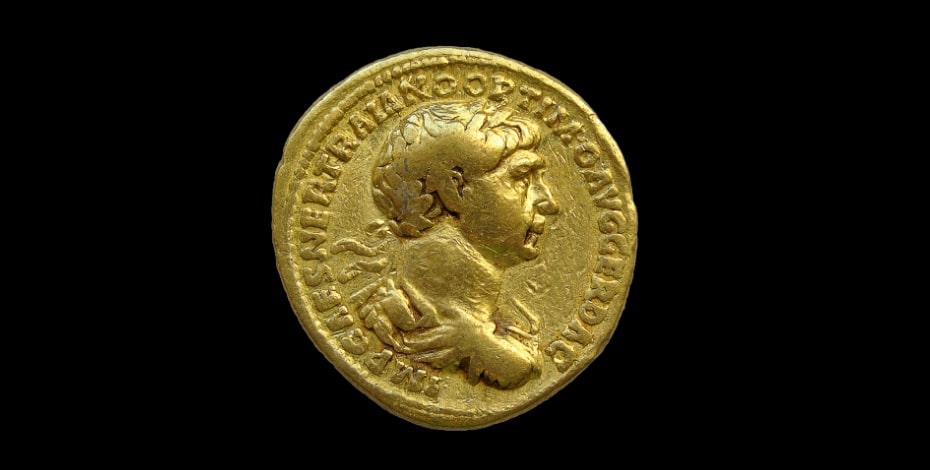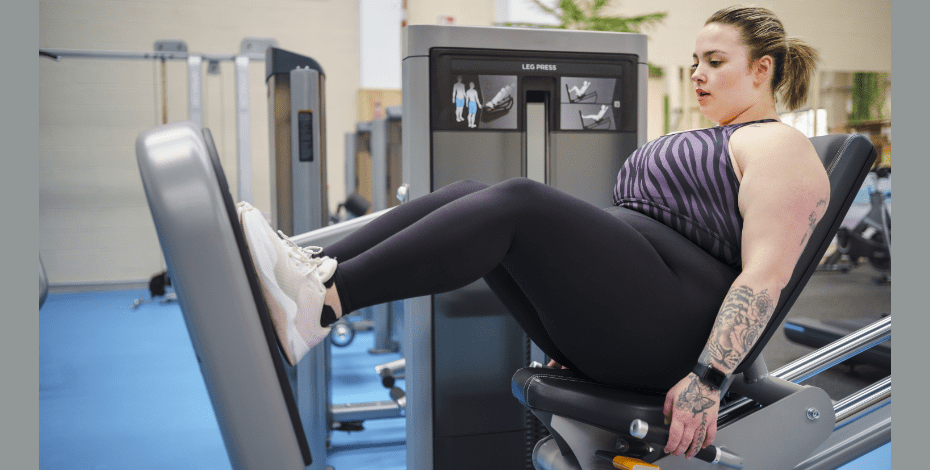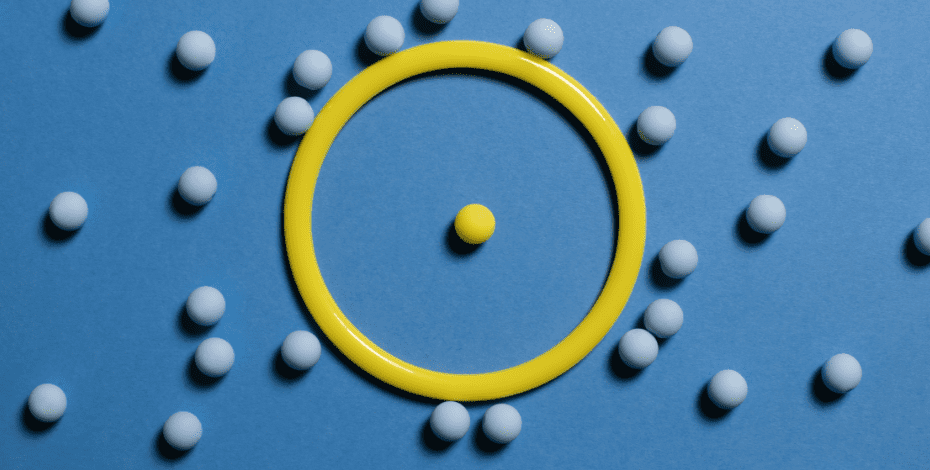
The value of rare research

The April issue of Journal of Physiotherapy features examples of the kind of research that you don’t see very frequently, all the more precious because of its rarity.
Physiotherapist supervision increases the benefits of exercise in chronic Guillain-Barré syndrome
Guillain-Barré syndrome is a rare (around 1 in 100,000) polyneuropathy causing limb weakness, areflexia, autonomic dysfunction and respiratory paralysis.
Severe residual disability occurs in about 10 to 20 per cent of patients.
An ambitious trial in India sought to generate evidence to help this small subset of a rare clinical population.
The authors, led by physiotherapist Nehal Shah, randomly allocated people with chronic Guillain-Barré syndrome to either a 12-week supervised, individualised exercise program or an unsupervised home exercise program.
The study is even more precious because it achieved 100 per cent follow-up for one year.
At six months, the supervised program reduced fatigue and improved strength and quality of life more than the home program.
At one year, the estimated effects had a similar magnitude but most of the confidence intervals showed greater uncertainty.
Simple exercise tests predict complications after lung surgery
Although Journal of Physiotherapy is keen to publish clinically important prognostic evidence, well-designed inception cohort studies are not submitted very often.
Just such a study was submitted by physiotherapist Fairuz Boujibar and colleagues from France.
They enrolled 118 patients with non-small cell lung cancer who were scheduled to undergo pulmonary resection; this surgery leads to significant morbidity, especially in patients with impaired cardiorespiratory function.

Mark Elkins is the scientific editor of Journal of Physiotherapy.
Two quick and simple exercise tests—the six-minute stepper test and the sit-to-stand test—were administered preoperatively to examine how well they predicted postoperative complications.
Both tests were predictive of morbidity and mortality in the 90 days following surgery, with similarly strong prognostic ability.
Fewer than 20 stands during the one-minute sit-to-stand test or fewer than 140 steps during the six-minute stepper test predicted postoperative pulmonary complications well.
The authors prefered the sit-to-stand test because it uses more readily available equipment (a standard chair) and requires less time (one minute versus six minutes).
What else is in the April issue?
Ankle injuries are very common in soccer.
People who have had an ankle injury often develop recurrent injury and in the long term are more likely to have osteoarthritis, joint instability and low physical activity.
A recent systematic review by a group of researchers in Saudi Arabia and Australia examined whether balance exercises prevent ankle injury in soccer.
By pooling the data on nearly 5000 soccer players in these trials, the review demonstrated a 36 per cent reduction in ankle injuries with injury prevention programs that incorporate balance training exercises.
Telephone consultations have increased during the COVID-19 pandemic.
Key skills are needed for physiotherapy telephone consultations to cope with the lack of visual cues and hands-on contact.
Physiotherapists should be aware of the competencies required to deliver quality care via telephone.
An international Delphi study established capabilities in the areas of compliance, patient privacy/confidentiality, patient safety, telehealth delivery, assessment/diagnosis and care planning/management.
The capabilities should be used in clinical practice, physiotherapy curricula and professional development initiatives in telehealth delivery.
Other research in the issue covers a wide range of clinical topics, including the assessment of joint hypermobility, assisting patients with Long COVID and physiotherapy management of stroke, lymphoedema and cardiac surgery.
Click here to read the research.
>> Clinical Associate Professor Mark Elkins, APAM, is the scientific editor of Journal of Physiotherapy. Follow him on Twitter @JOP_Editor and follow Journal of Physiotherapy @JPhysiother.
© Copyright 2024 by Australian Physiotherapy Association. All rights reserved.






